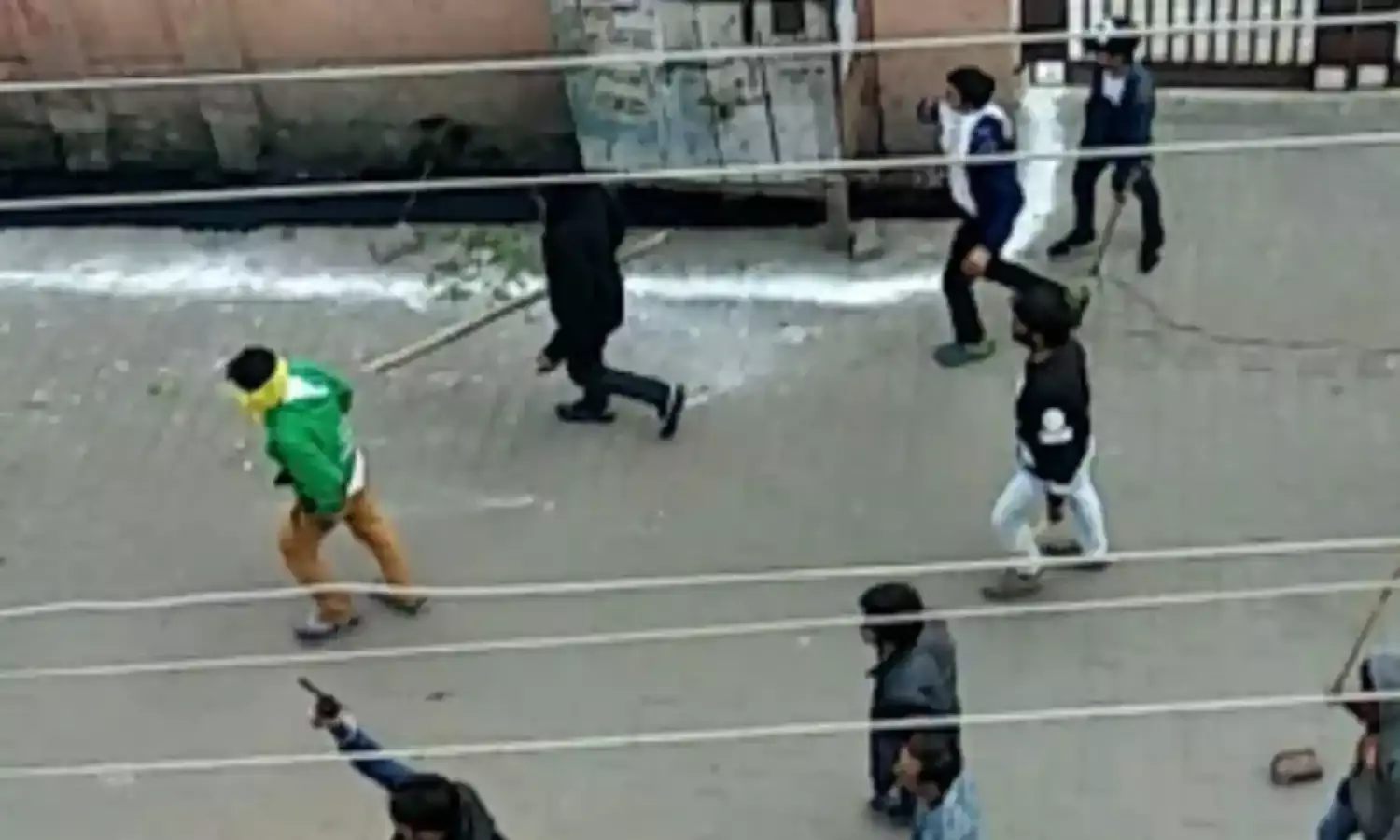A Tale Without End: The Trauma of The Victims of Kasganj Violence
No justice in sight;

NEW DELHI: The blatant outrage, bloodshed and chaos that India witnessed during Kasganj violence on January 26, 2018 still continues.
The egregious manner in which the trauma continues to haunt the victims and their families reveals a new emerging image of communal violence in today’s time. Mostly unheard by police, politicians, activists and even lawyers, the victims have innumerable stories haunting them, making it treacherous for them to accept their new identity, reality and mayhem.
Rahul, a young native from Kasganj reveals the extent of Hindu-Muslim unity in his area, “I was jailed for three days. My father was going to our dhaba on January 29 night. A nearby shop of our Muslim neighbor was set on fire.. My father and others started immediately helping in putting out the fire.”
While recounting his days in jail, Rahul got extremely emotional, especially on how police had threatened to destroy his career and family. Nevertheless, he was not alone while recounting the trauma during the “Folk School in the support of survivor of communal violence and torture in Kasganj” event held on March 21, 2018 at the Press Club of India.
There were several women clad in hijab, who were attending the event. Accompanied by men from their families and cuddling little children in their arms, these women retained their silence, trying to understand if this platform could do justice to their past. Unfortunately, the quest for justice for Kasganj violence is not easy, and the path tumultous.
For young Maham, a simple Muslim woman from Kasganj, the days following January 26 were more shocking. One early morning, the police entered her home and arrested her 72-year-old-father who can’t even walk. Even her brother, who is hardly 18 years of age, was jailed. But the trauma did not end for her family then. Within 15 days, her mother passed away. Now, Maham and her two other sisters are completely alone, helpless and forgotten. “Our family has been destroyed. We no longer have any economic assistance,” said Maham as she broke down in tears.
The impact of this abysmal tragedy can be easily gauged from the fact that the reports filed by the National Human Rights Commission in regard to the Kasganj violence have yet not been heeded. The fact finding missions by MediaVigil and People’s Vigilance Committee on Human Rights (PVCHR) have revealed how most of the arrested youngsters involved in the Kasganj violence were unemployed. Those who are still in jail are facing torturous conditions.
“More than 11 FIRs are filed on those jailed which makes it very difficult for them to be free in the near future. No one is ready to listen to us. Those who actually caused the riot are free but the innocent ones are jailed,” complained Shanu, a young victim of Kasganj violence.
Just after January 26, the homes of those arrested were ransacked and their meagre belongings thrown/destroyed by the police. One of the victims, an old lady from Kasganj, while narrating the trauma fainted with grief, after trying to speak and breaking down in loud sobs in front of the media.
Though the event did endow a platform for these victims and activists to come together and understand the aftermath of the Kasganj violence, the empathy needed for rekindling their lives is a long, difficult and unknown process. The ambiguity between police action, state-mediated silence and dementia of the media makes it even more menacing in its impact.

